The universe is a tapestry of life and death, where celestial bodies are born, mature, and eventually meet their end. Stars, the brilliant points of light scattered across our night sky, are no exception. But what happens to these cosmic entities when their lifespans draw to a close? Welcome to the exploration of galactic graveyards, where we unveil the mysteries of star death and share the fascinating fate of these celestial behemoths.
Stellar Life Cycle
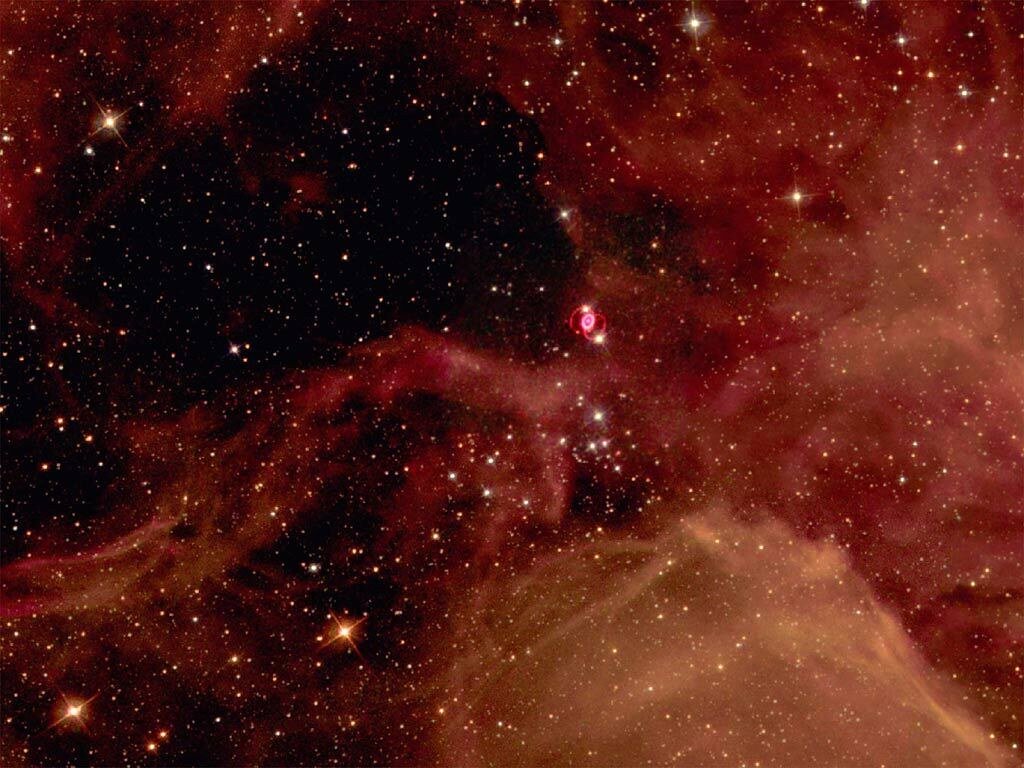
A star’s life begins in a stellar nursery—a nebula made of dust and gas. Under the force of gravity, this matter coalesces into a protostar, sparking nuclear fusion in its core. The star enters its main sequence phase, where it spends most of its life converting hydrogen into helium. This is the phase where we find stars like our sun, radiating light and warmth to surrounding planetary systems.
The End of a Star’s Main Sequence
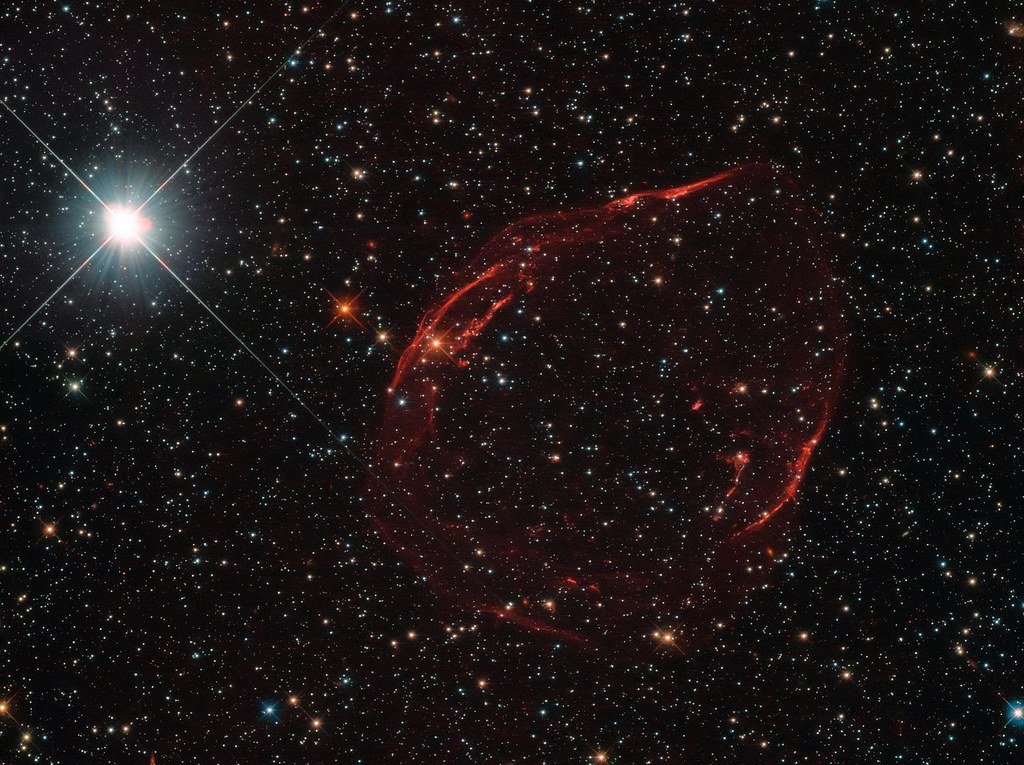
A star’s main sequence phase is determined by its mass. Larger stars burn through their fuel quickly, while smaller ones can shine for billions of years. Once hydrogen is depleted, the star’s fate splits based on its size. For a sun-like star, this means ballooning into a red giant before eventually shedding its outer layers.
Creation of Planetary Nebulae
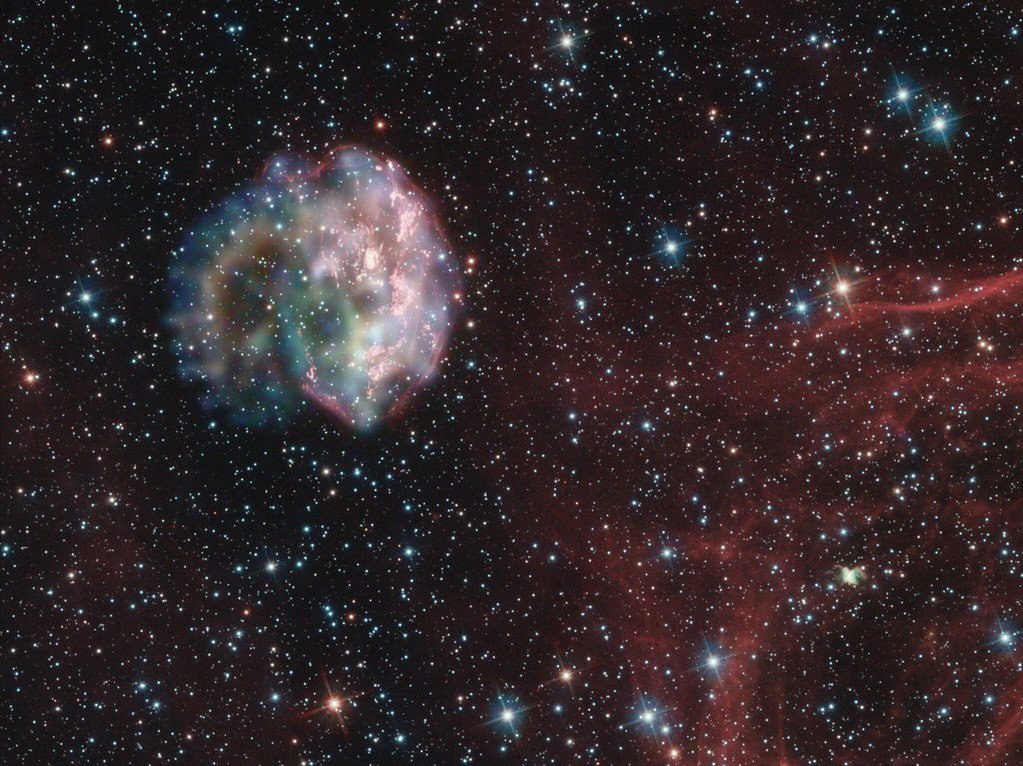
During the red giant phase, a star can become unstable, shedding its outer layers into space. This process results in a glowing shell of ionized gas, known as a planetary nebula. Often mistaken for planets when first observed, these nebulas serve as testament to a star’s life, with the core collapsing into a white dwarf that remains to cool over time.
Massive Stars and Supernovae
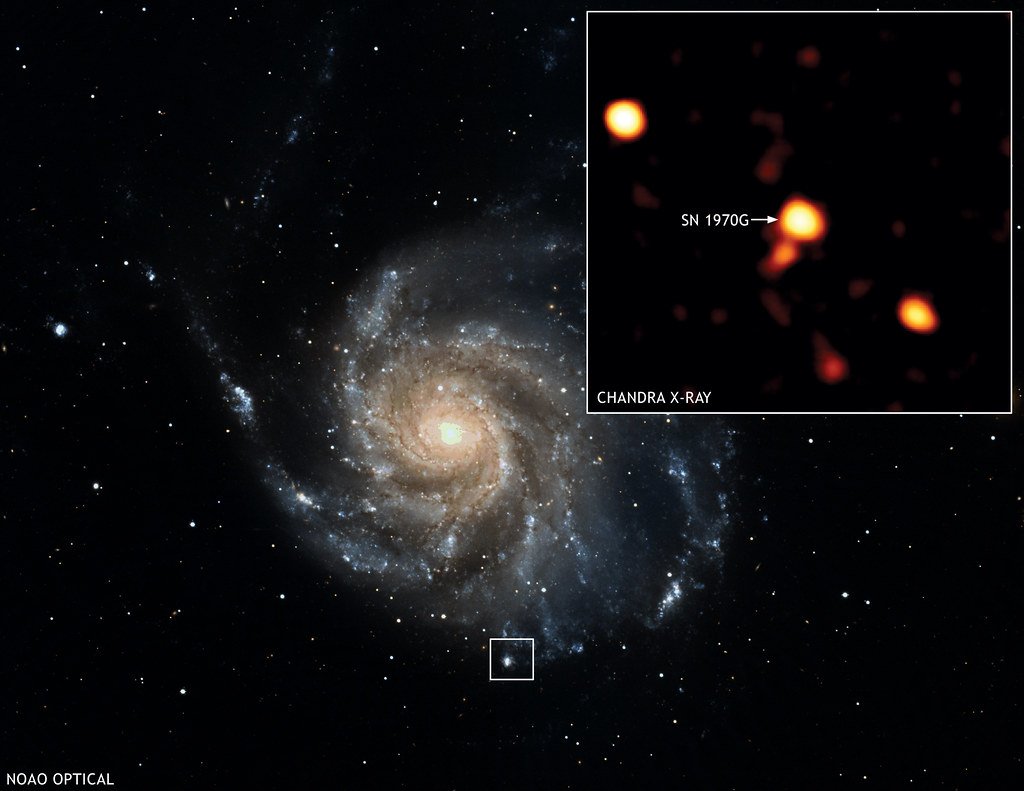
For stars with masses many times greater than the sun, their end is far more dramatic. These massive stars culminate their lives in a colossal explosion known as a supernova. This cataclysmic event disperses elements throughout the cosmos, contributing to the enrichment of the interstellar medium and forging the heavier elements crucial for life as we know it.
Formation of Neutron Stars
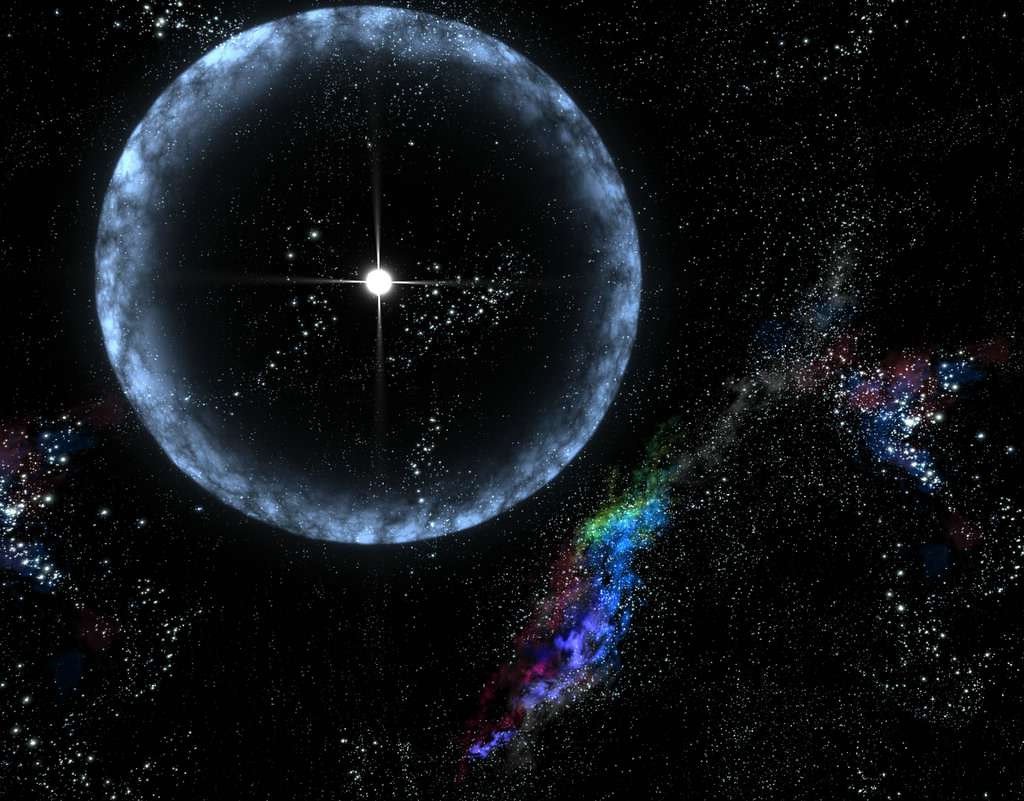
After a supernova, what remains of the star’s core can collapse into a neutron star. These incredibly dense objects are primarily composed of neutrons, with a teaspoon of neutron-star material weighing billions of tons. Neutron stars often rotate at incredible speeds, emitting beams of radiation as pulsars.
Birth of Black Holes

If the remnant core’s mass is above a certain threshold, it can continue collapsing into a black hole—a region of space where gravity is so strong that nothing, not even light, can escape. Black holes vary in size and can form from the remnants of massive stars or the merging of multiple stellar objects.
White Dwarfs: Stars’ Quiet Retirement
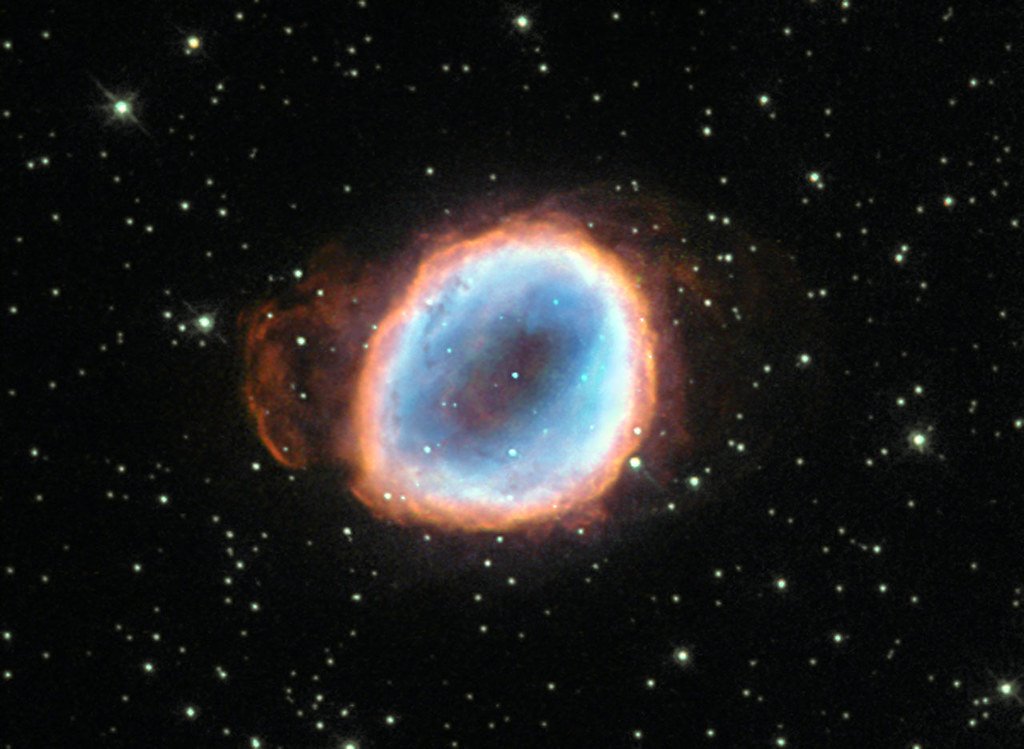
For stars like our sun, the end of life is more subdued. These stars end up as white dwarfs, slowly emitting residual thermal energy over billions of years. As their glow diminishes, they will transition into a theoretical phase known as a black dwarf—an inactive, cold object that remains unseen in the cosmos.
The Role of Binary Systems
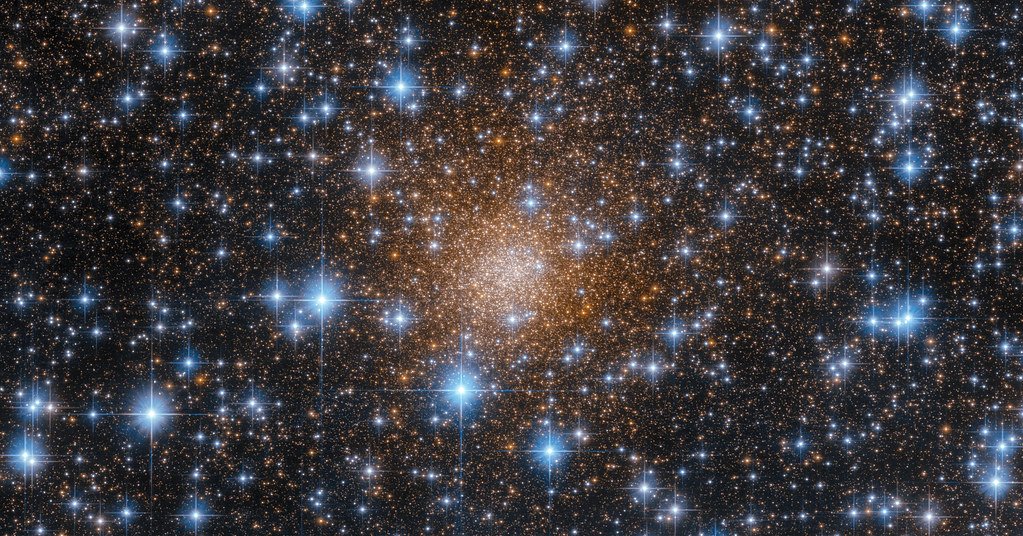
When stars exist in binary systems, their deaths can become even more complex. Mass transfer between two stars can lead to novae or even type Ia supernovae. Binary dance partners can dramatically alter each other’s fates, often resulting in unpredictable celestial phenomena.
The Cosmic Recycling Program
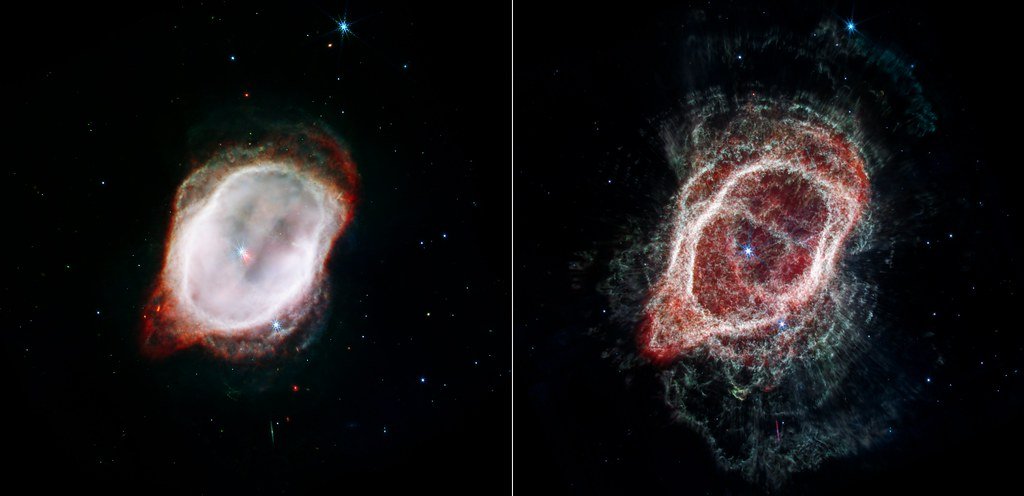
Star death is not merely an end but a critical part of cosmic recycling. The violent outbursts and gentle decays return material into the universe, seeding future generations of stars and planets. This cycle ensures the continual evolution and dynamic nature of galaxies.
Panoramic Views of Ghostly Remnants
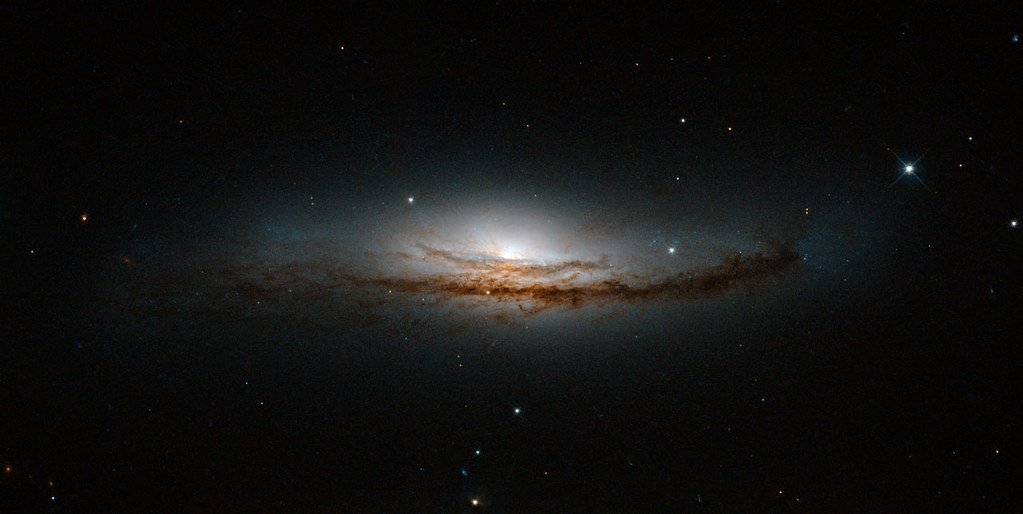
Astronomers frequently capture stunning images of these galactic graveyards, from the delicate tendrils of planetary nebulae to the intricate patterns of supernova remnants. These images offer glimpses into the universe’s history and the complex interplay of forces shaping celestial evolution.
The Importance of Star Death in Astrophysics
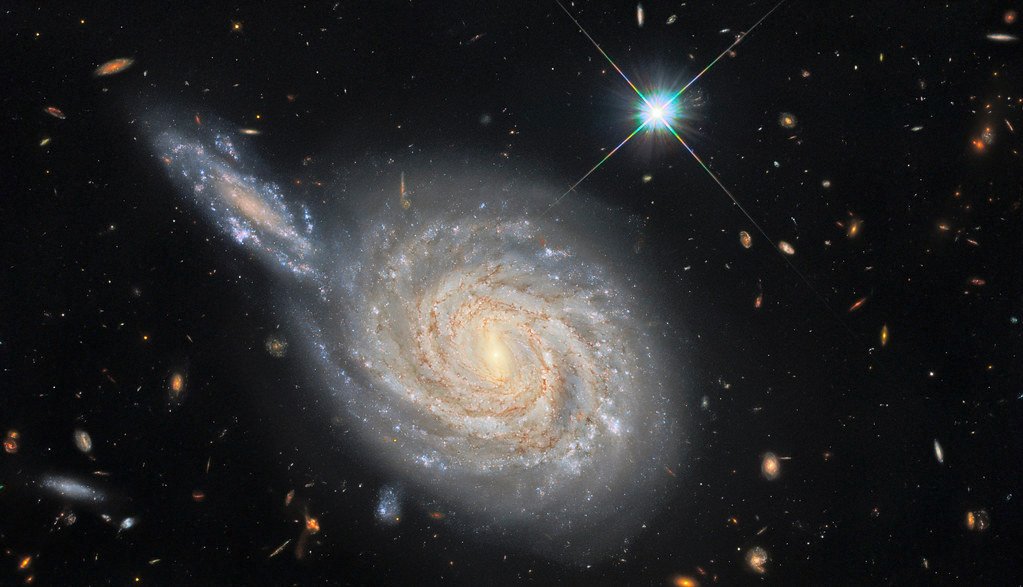
Understanding the death of stars is crucial for astrophysics. It provides insight into the distribution of elements in the universe, the formation of black holes, and the conditions necessary for planet formation. This knowledge enhances our comprehension of cosmic history and the potential for life beyond Earth.
Final Reflections on Celestial Mortality
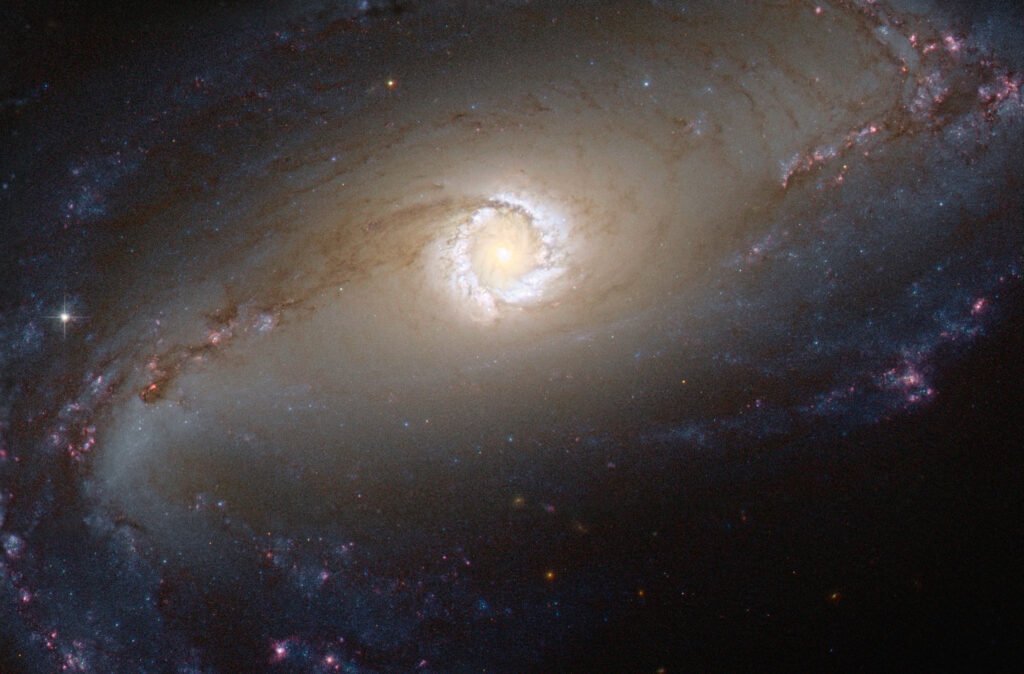
The death of a star is a vital chapter in the grand story of the universe. From the dramatic explosions that light up the cosmos to the quiet fading of once-vibrant entities, every star leaves its mark. As our understanding of these celestial events grows, so does our appreciation for the intricate and interconnected nature of the universe.
In the vastness of space, stars live, die, and are reborn in countless cycles. This process not only fascinates astronomers but also reminds us of the transient nature of existence. Galactic graveyards, far from being mere tombs, are cradles of future cosmic wonders, immortalizing the brilliant lives of stars and their enduring contributions to the universe.




